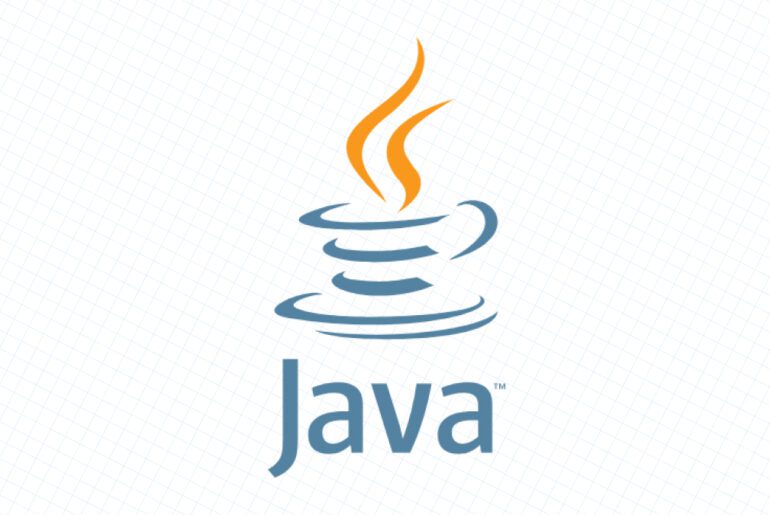When you change DNS records—or when propagation is still in progress—your computer or browser may keep showing you old results because of local DNS caching. Clearing those caches forces your device to fetch fresh records from the resolver.
Here’s a complete guide for flushing DNS caches across major operating systems and browsers.
1. Windows
Windows 10 / 11
- Open the Start Menu → type
cmd. - Right-click Command Prompt → select Run as Administrator.
- Run the following command:
ipconfig /flushdnsYou should see the message:Successfully flushed the DNS Resolver Cache.
Verify with:
nslookup www.dropletdrift.com2. macOS
macOS Ventura (13) / Monterey (12) / Big Sur (11)
Open Terminal and run:
sudo dscacheutil -flushcache; sudo killall -HUP mDNSResponderNo output means it succeeded.
Older macOS (Yosemite–Catalina)
sudo killall -HUP mDNSResponderVerify with:
dig www.dropletdrift.com3. Linux
Because Linux distributions differ, commands vary:
- Ubuntu / Debian (systemd-resolved)
sudo systemd-resolve --flush-caches- systemd-resolvectl variant
sudo resolvectl flush-caches- nscd (Name Service Cache Daemon)
sudo service nscd restart- dnsmasq
sudo systemctl restart dnsmasqVerify with:
systemd-resolve --statisticsLook for Cache hits and Cache misses resetting after a flush.
4. Browsers
Even if the OS cache is cleared, browsers often maintain their own DNS caches.
Google Chrome / Chromium / Edge
- Enter
chrome://net-internals/#dnsin the address bar. - Click Clear host cache.
Firefox
- Type
about:networking#dnsin the address bar. - Click Clear DNS Cache.
5. Local Resolver Services
If you run a local caching resolver (e.g. Unbound, BIND, dnsmasq), restart the service to clear its cache:
sudo systemctl restart unboundor
sudo rndc flush(for BIND).
Multi-Resolver DNS Flush & Verify — Scripts for Windows/Linux/macOS
When you change DNS, the fastest way to sanity-check what the world sees is to query multiple independent public resolvers after clearing your local caches. The scripts below do two things in one pass: (1) flush your local DNS cache where applicable, and (2) query several resolvers (Google 8.8.8.8, Cloudflare 1.1.1.1, Quad9 9.9.9.9, and OpenDNS 208.67.222.222). You’ll see each resolver’s current answer and TTL so you can spot which caches have refreshed and which haven’t. Use these during cutovers or when troubleshooting “propagation” delays.
Windows (Batch) — flushdns-multi.bat
@echo off
setlocal ENABLEDELAYEDEXPANSION
REM Usage: flushdns-multi.bat [FQDN] [QTYPE]
REM Defaults: FQDN=www.dropletdrift.com, QTYPE=A
set FQDN=%1
if "%FQDN%"=="" set FQDN=www.dropletdrift.com
set QTYPE=%2
if "%QTYPE%"=="" set QTYPE=A
set RESOLVERS=8.8.8.8 1.1.1.1 9.9.9.9 208.67.222.222
echo.
echo [*] Flushing Windows DNS resolver cache...
ipconfig /flushdns
echo.
echo [*] Querying %FQDN% (%QTYPE%) across multiple resolvers:
for %%R in (%RESOLVERS%) do (
echo ------------------------------------------------------------
echo Resolver: %%R
REM nslookup doesn't show TTL; use PowerShell's Resolve-DnsName when available
for /f "tokens=*" %%A in ('powershell -NoProfile -Command "if (Get-Command Resolve-DnsName -ErrorAction SilentlyContinue) { Resolve-DnsName %FQDN% -Type %QTYPE% -Server %%R | Format-Table -Auto Name,Type,IPAddress,NameHost,TTL } else { Write-Output \"(Tip) Run in PowerShell for TTL, or install dig. Falling back to nslookup...\"; }"') do echo %%A
nslookup -type=%QTYPE% %FQDN% %%R
)
echo ------------------------------------------------------------
echo Done.
pause
endlocalmacOS / Linux (Bash) — flushdns-multi.sh
#!/usr/bin/env bash
# Usage: ./flushdns-multi.sh [FQDN] [QTYPE]
# Defaults: FQDN=www.dropletdrift.com, QTYPE=A
set -euo pipefail
FQDN="${1:-www.dropletdrift.com}"
QTYPE="${2:-A}"
RESOLVERS=(8.8.8.8 1.1.1.1 9.9.9.9 208.67.222.222)
echo
echo "[*] Flushing local DNS caches where applicable..."
if [[ "$OSTYPE" == "darwin"* ]]; then
# macOS
sudo dscacheutil -flushcache || true
sudo killall -HUP mDNSResponder || true
else
# Linux variants
if command -v systemd-resolve >/dev/null 2>&1; then
sudo systemd-resolve --flush-caches || true
elif command -v resolvectl >/dev/null 2>&1; then
sudo resolvectl flush-caches || true
fi
if command -v service >/dev/null 2>&1 && service nscd status >/dev/null 2>&1; then
sudo service nscd restart || true
fi
if command -v systemctl >/dev/null 2>&1 && systemctl list-unit-files | grep -q '^dnsmasq\.service'; then
sudo systemctl restart dnsmasq || true
fi
if command -v systemctl >/dev/null 2>&1 && systemctl list-unit-files | grep -q '^unbound\.service'; then
sudo systemctl restart unbound || true
fi
fi
echo
echo "[*] Querying $FQDN ($QTYPE) across multiple resolvers..."
for R in "${RESOLVERS[@]}"; do
echo "------------------------------------------------------------"
echo "Resolver: $R"
# Show authoritative-style answer lines with TTLs (no headers)
dig @"$R" "$FQDN" "$QTYPE" +noall +answer +ttlid
done
echo "------------------------------------------------------------"
echo "Done."Quick usage notes
# Windows
# 1) Right-click the .bat file → Run as Administrator
# 2) Optional: pass FQDN and type
flushdns-multi.bat www.dropletdrift.com A
# macOS / Linux
chmod +x flushdns-multi.sh
./flushdns-multi.sh www.dropletdrift.com AInterpretation tips:
- If one resolver shows the new answer with a low TTL while another still shows the old answer with a high TTL, you’re watching cache expiry in real time.
- If all resolvers agree but your browser doesn’t, clear the browser DNS cache and try again.
- Swap
AforAAAA,CNAME,MX, etc., as needed during cutovers.










